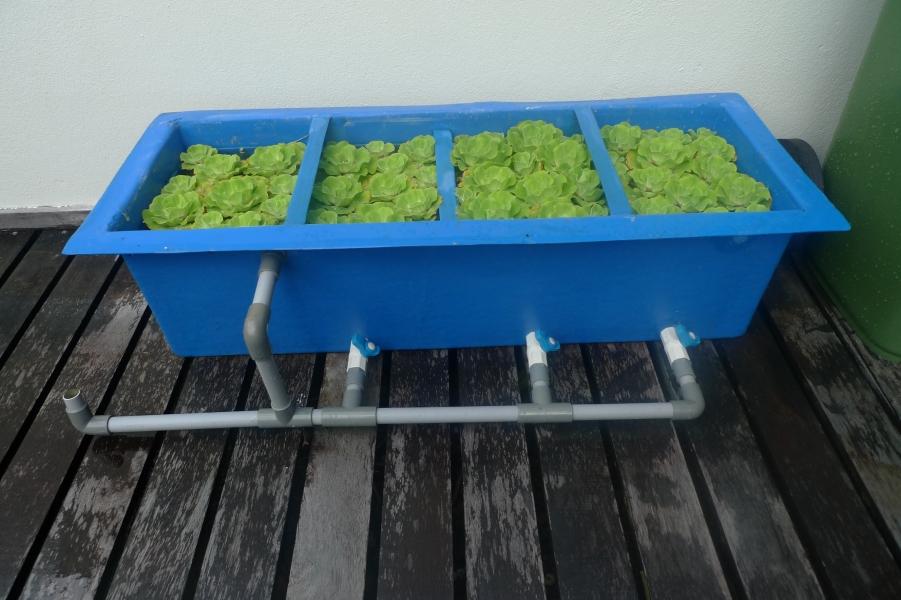
The Ultimate Guide to Choosing the Best Air Pump for Your Small Koi Pond
Introduction
Adding an air pump to your small koi pond is crucial for maintaining the health and well-being of your fish. The air pump helps increase the oxygen level in the water, which not only benefits your aquatic pets, but also promotes the growth of beneficial bacteria that keep the water clean and clear.
However, with so many options available in the market, choosing the right air pump can be overwhelming. In this article, we’ll guide you through the process of selecting the best air pump for your small koi pond.
Factors to Consider
Before purchasing an air pump for your small koi pond, consider the following factors:
1. Pond Size
The size of your pond is the most crucial factor to consider when choosing an air pump. A pump that is too small will not provide enough oxygen to the water, while a pump that is too large will create unnecessary turbulence.
To determine the appropriate pump size, calculate the volume of water in your pond by multiplying its length, width, and depth. Then, select a pump that can supply enough air to circulate the entire volume of water in your pond at least once every hour.
2. Pump Output
The output of the air pump determines the amount of air it can supply to the water. Higher output pumps are suitable for larger ponds, while lower output pumps are ideal for smaller ones.
However, keep in mind that a pump with a higher output will consume more electricity. Therefore, choose an air pump with an output that matches the size of your pond while also considering your budget.
3. Noise Level
The noise level of the air pump is an important consideration if you have a quiet outdoor living space near your pond. Some pumps can be quite noisy and disrupt your peaceful environment.
Look for pumps with noise reduction features or consider installing it inside a pump housing to reduce noise pollution.
4. Quality and Durability
Investing in a high-quality and durable air pump will save you money in the long run. Cheap pumps may not last long and can even malfunction, putting the lives of your fish at risk.
Look for pumps that are made of high-grade materials, such as stainless steel or aluminum, and those that come with a warranty.
Types of Air Pumps
There are three types of air pumps available in the market: diaphragm pumps, piston pumps, and linear pumps. Here’s what you need to know:
1. Diaphragm Pumps
Diaphragm pumps are the most commonly used air pumps for small koi ponds. They are affordable, energy-efficient, and can supply air to multiple pond components, such as filters and waterfalls.
These pumps use a rubber diaphragm that vibrates to push air out of the pump. However, they do require periodic maintenance, such as replacing the diaphragm and cleaning the air filters.
2. Piston Pumps
Piston pumps are more powerful than diaphragm pumps and are suitable for larger ponds. They use a piston to compress air before pushing it out of the pump.
Due to their design, piston pumps are more durable and require less maintenance. However, they are also more expensive and consume more electricity.
3. Linear Pumps
Linear pumps are the most advanced type of air pumps available. They use magnetic fields to create air pressure and are the quietest type of air pump.
However, these pumps are also the most expensive and are only suitable for large ponds with a high oxygen demand.
Conclusion
Choosing an air pump for your small koi pond is not as complicated as it seems. By considering the size of your pond, the pump output, noise level, and quality and durability of the pump, you can easily select the right one.
Whether you choose a diaphragm, piston, or linear pump, make sure to maintain it regularly to ensure it operates at peak performance. With the right air pump, you can keep your small koi pond clean, clear, and healthy, providing your fish with a safe and comfortable environment to thrive in.







